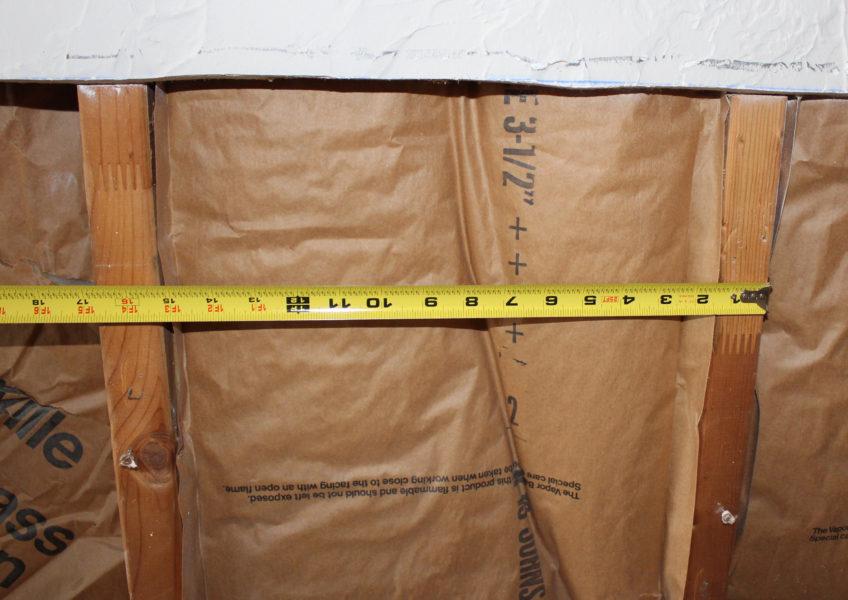Whether you’re hanging shelving, a large mirror, or brackets for a flat screen TV, you need a wall stud to ensure items actually, well, stay on the wall. “Sometimes it’s not the weight of the item,” says Kevin Busch, vice president of operations for Mr. Handyman. “It may be that you’re installing anti-tip safety brackets to a dresser, for example.” Or you may need to hang an item, such as a small vacuum, that you’ll be constantly pulling on and off a charger on the wall. For jobs like these, you can’t just mount things directly into drywall, which is what most modern homes have.
Although there are several methods for how to find a stud in the wall, it’s a smart idea to combine a few techniques to double-check your work. Here’s how to do it:
Start with the switches and outlets.
“A few elements such as light switches always are attached to a stud,” says Busch. Take off the light switch cover plate, and you may be able to see what side the stud is on. Then measure 16 inches from the stud because wall studs are usually placed 16 inches apart “on center,” which means from the center of one stud to the center of the next.

Windows and doors are another clue.
Windows and doors are secured to studs, so you can try measuring from either side. Or in a corner, the drywall has to be secured to at least one side, so you can measure 16 inches from the corner. Trim such as baseboard and crown molding also is usually nailed to a stud, so look for dimples in the trim. The holes may be painted over and filled with caulk, but you can sometimes spot one.
Tap the wall.
This isn’t super-precise, but it’s one more way to double-check your work, says Busch. Use your knuckle or a hammer to lightly tap along the wall. If it sounds hollow, it probably is. If there’s a flat thudding or muffled sound, you may have found a stud.
Use a stud finder.
This inexpensive handheld gadget is the most reliable way of finding a stud. “This is one tool you won’t use constantly, but when you need one, it’s very helpful,” says Busch. Good quality stud finders are in the $25 to $30 range, though you'll pay more for extra features. Basically, you run it across the wall in the area where you want to hang something, and it beeps when it finds a stud, based on the density of what’s behind the wall. Some units have an LED screen which shows stud location, and others have deep scanning for thick walls, such as plaster, or to locate live wires.
Stígur Már Karlsson /HeimsmyndirAlthough stud finder apps are available, too, there are mixed reviews on their effectiveness. Most work with your phone’s built-in magnetometer, which your phone uses for the compass app. But tests show they’re not foolproof because they may find other things, such as pipes, which you obviously don’t want to drill.If you need to hang something heavy (and you’re not a gambler!), it’s probably better to invest in a tried-but-true tool that you’ll be able to use for years.
Make a test hole.
Before you start drilling a large hole for your bracket or fastener, it’s always smart to verify your work, says Busch. Once you think you’ve identified the stud location, use a 1-inch-long finish nail, which is small and thin so it won’t make a large hole, to tap into the wall. If it goes in about ½ to ¾ inch and stops, you’ve likely hit a stud. Even if you have to make a few attempts, the hole will be tiny enough to dab on a bit of spackle to fill it.
StudSensor HD55 Stud Finderhomedepot.com$19.97SHOP NOW1 1/2 inch Stud Finder$20.59SHOP NOWDeep Scan Stud Finderhomedepot.com$49.97SHOP NOWProSensor T9homedepot.com$25.69SHOP NOWArricca Elin SansoneArricca SanSone has written about health and lifestyle topics for Prevention, Country Living, Woman's Day, and more. This content is created and maintained by a third party, and imported onto this page to help users provide their email addresses. You may be able to find more information about this and similar content at piano.io